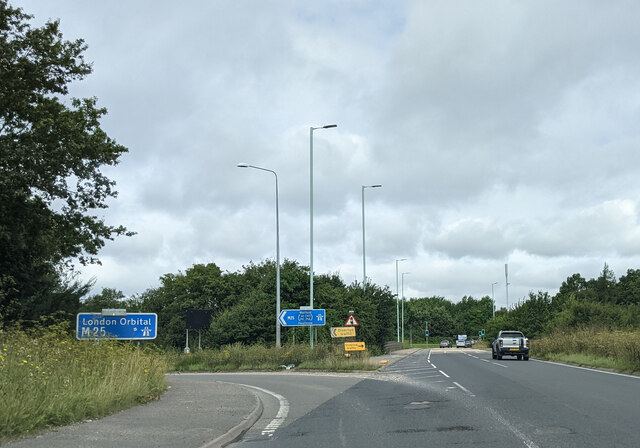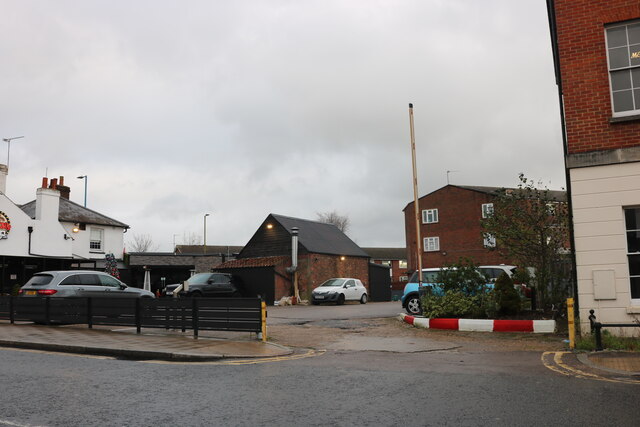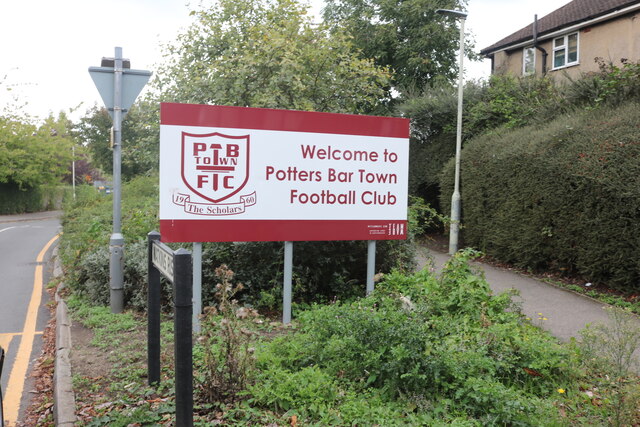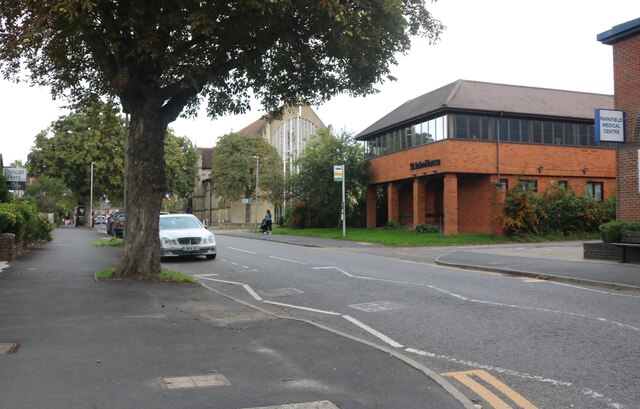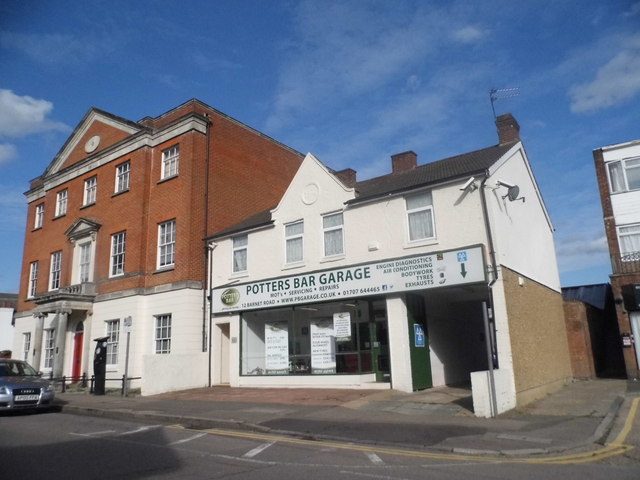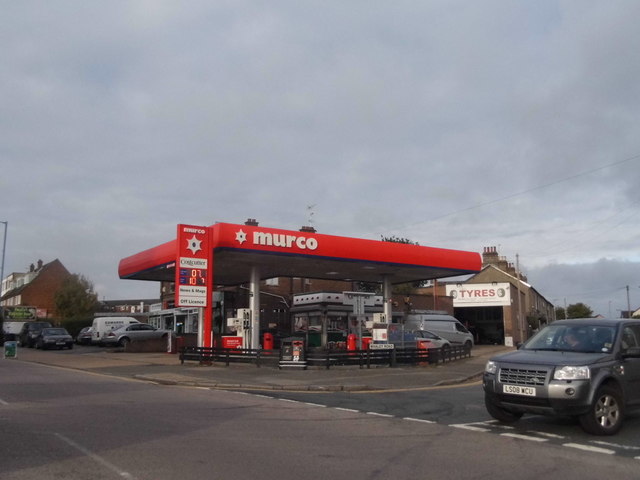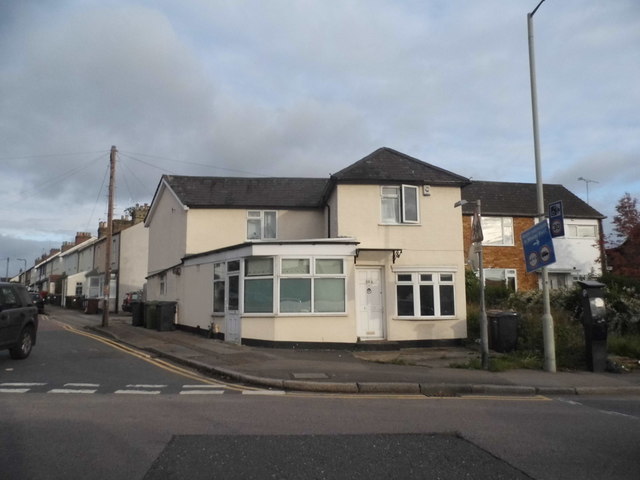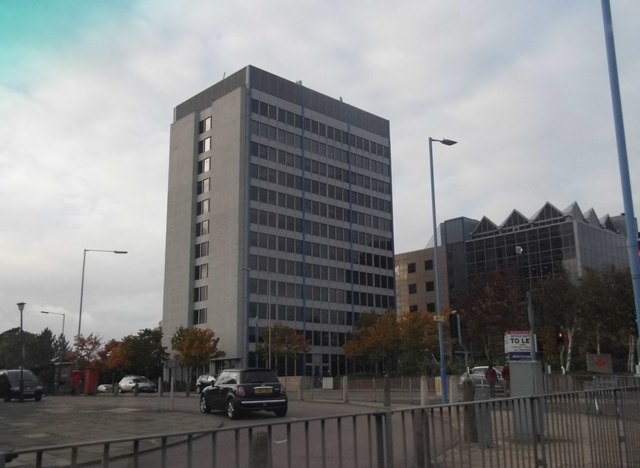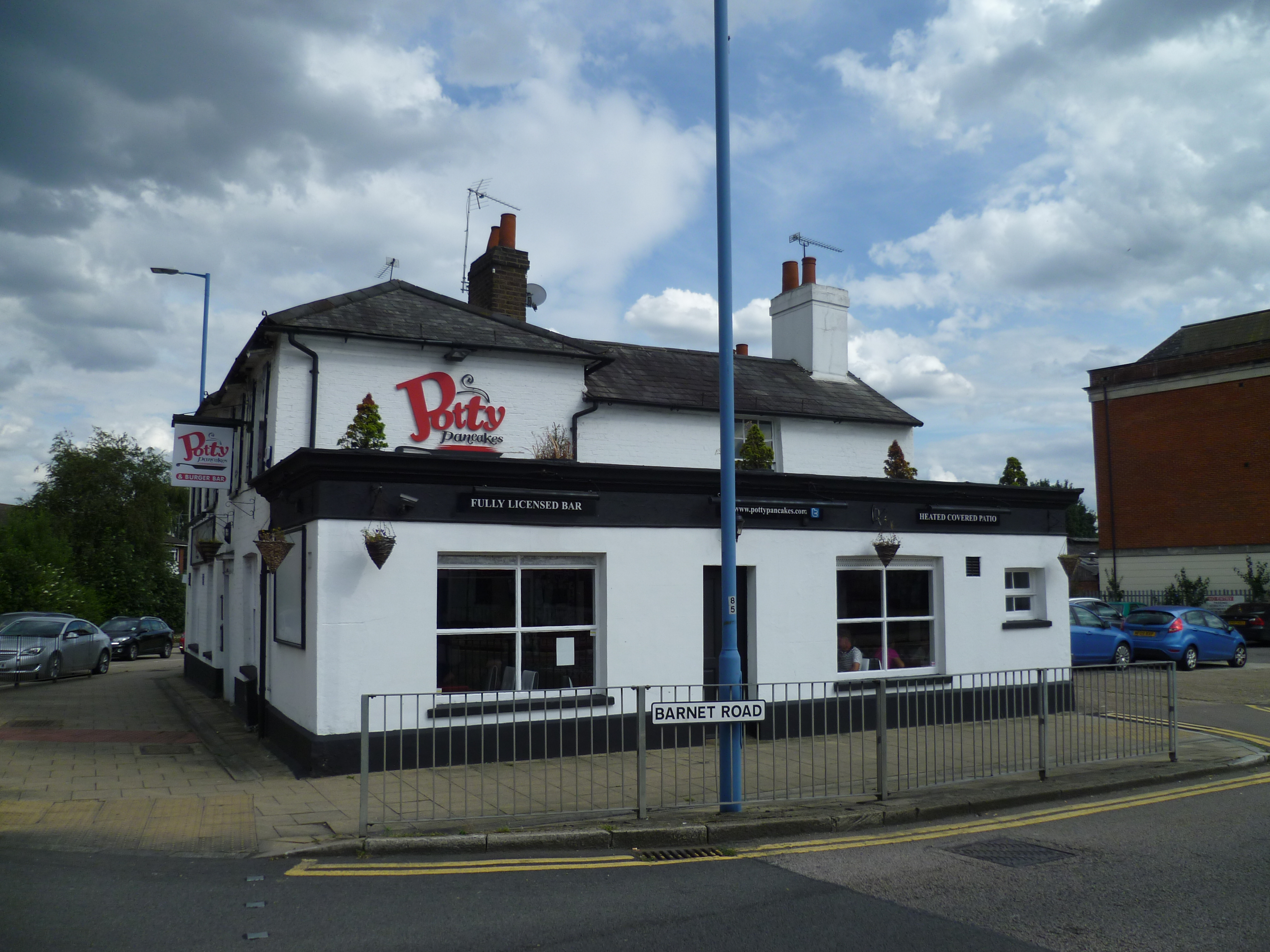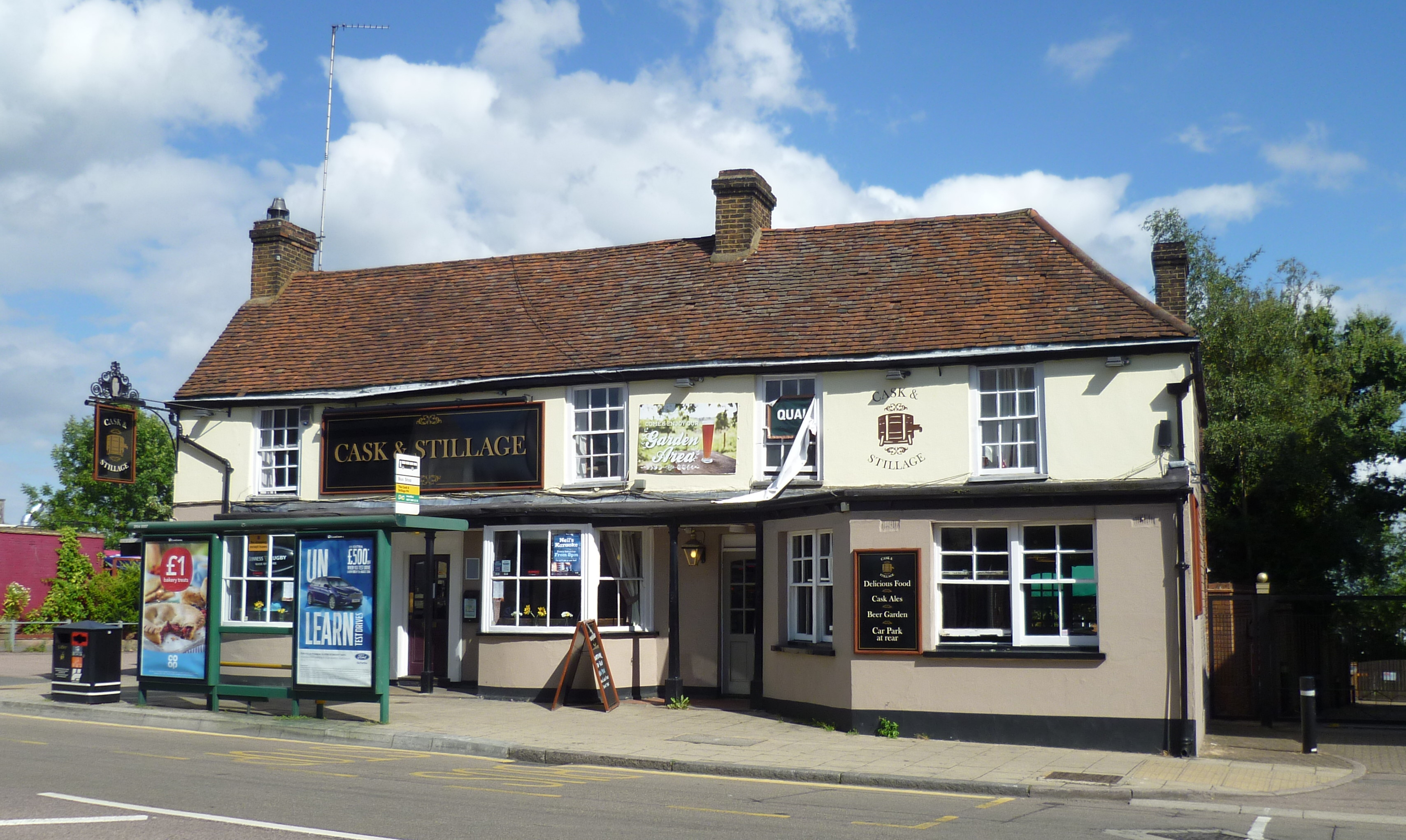Fenny Slade Hill
Hill, Mountain in Middlesex Hertsmere
England
Fenny Slade Hill
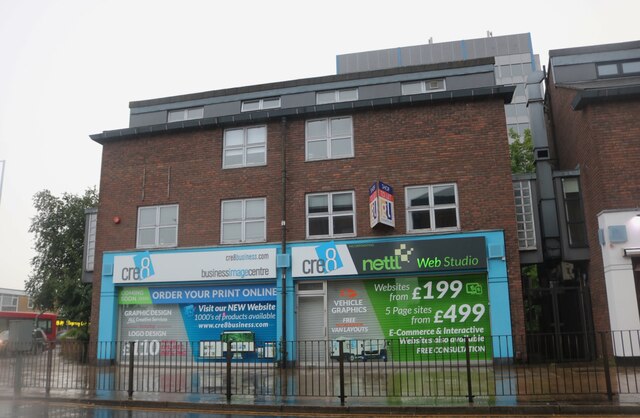
Fenny Slade Hill is a prominent geographical feature located in Middlesex, England. Although it is referred to as a "hill," it is more accurately described as a small mountain due to its significant elevation and steep slopes. Rising to a height of approximately 246 meters (807 feet) above sea level, Fenny Slade Hill offers breathtaking panoramic views of the surrounding landscape.
Situated on the outskirts of the town of Middlesex, Fenny Slade Hill is a popular destination for outdoor enthusiasts and nature lovers. The hill is covered in lush vegetation, including a variety of trees and wildflowers, creating a picturesque and serene environment. It is also home to a diverse range of wildlife, making it an excellent spot for birdwatching and nature photography.
Fenny Slade Hill is accessible via a well-maintained footpath, which winds its way up the hillside. Along the way, visitors can enjoy the peaceful ambiance and the beauty of the countryside. The summit of the hill provides a perfect vantage point to admire the surrounding area, with stunning views stretching across Middlesex and beyond.
Due to its elevation, Fenny Slade Hill is a popular spot for paragliders and hang gliders who take advantage of the strong winds to soar above the landscape. It also attracts hikers and mountain bikers looking for a challenging and rewarding outdoor experience.
Overall, Fenny Slade Hill offers a unique natural escape and a chance to reconnect with nature, making it a cherished landmark in Middlesex, England.
If you have any feedback on the listing, please let us know in the comments section below.
Fenny Slade Hill Images
Images are sourced within 2km of 51.680647/-0.16539964 or Grid Reference TQ2699. Thanks to Geograph Open Source API. All images are credited.

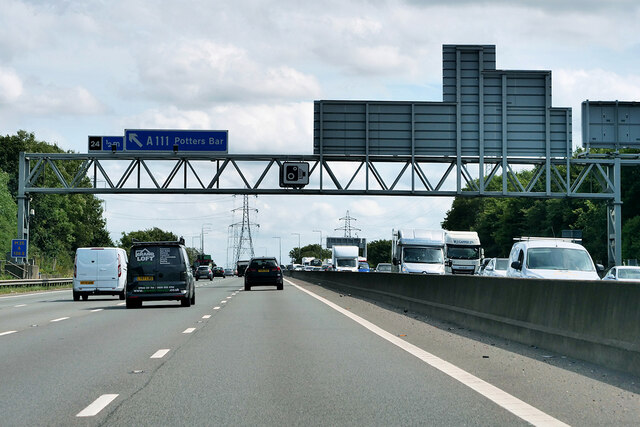
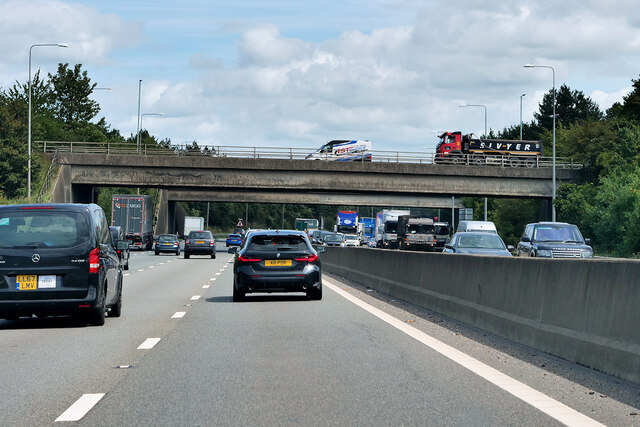

Fenny Slade Hill is located at Grid Ref: TQ2699 (Lat: 51.680647, Lng: -0.16539964)
Administrative County: Hertfordshire
District: Hertsmere
Police Authority: Hertfordshire
What 3 Words
///tummy.cling.exist. Near Hadley Wood, London
Nearby Locations
Related Wikis
Potters Bar Old Baptist Church
The Potters Bar Old Baptist Church, as it is now known, is a former church in Hertfordshire, England. It was designed by W. Allen Dixon in 1868. Dixon...
St John's Senior School
St. John's Prep and Senior School is an English all-through school, co-educational day school near the M25 motorway in The Ridgeway, Botany Bay, Enfield...
Ganwick House
Ganwick House is a late-18th-century house in Wagon Road, Ganwick Corner (Gannic Corner), near Chipping Barnet, England. As of 2018, it was in use as a...
Camelot House
Camelot House is a grade II listed building at 53 Beech Hill (originally Camlet Way), Hadley Wood. The house was built around 1875–80 by the builder Frederick...
Hadley Wood railway station
Hadley Wood railway station is in the London Borough of Enfield in north London, England. It is 10 miles 46 chains (17.0 km) down the line from London...
The Lion, Potters Bar
The Lion is a former public house on the corner of Barnet Road and Southgate Road in Potters Bar, Hertfordshire, England, and a grade II listed building...
St Paul's Church, Hadley Wood
St Paul's Church is a Church of England proprietary chapel in Hadley Wood, London. == History == Albert Kingwell, agent for Charles Jack, arranged for...
The White Horse, Potters Bar
The White Horse, now known as The Cask and Stillage, is a public house in High Street, Potters Bar, England, and a grade II listed building with Historic...
Nearby Amenities
Located within 500m of 51.680647,-0.16539964Have you been to Fenny Slade Hill?
Leave your review of Fenny Slade Hill below (or comments, questions and feedback).
